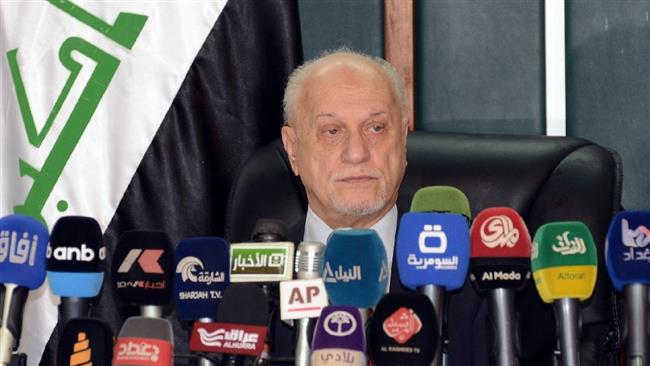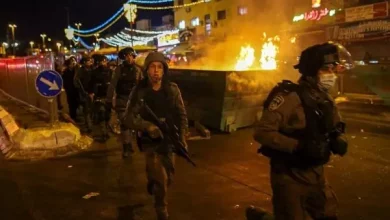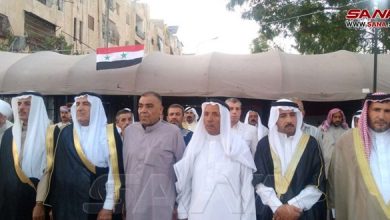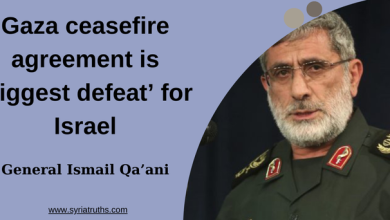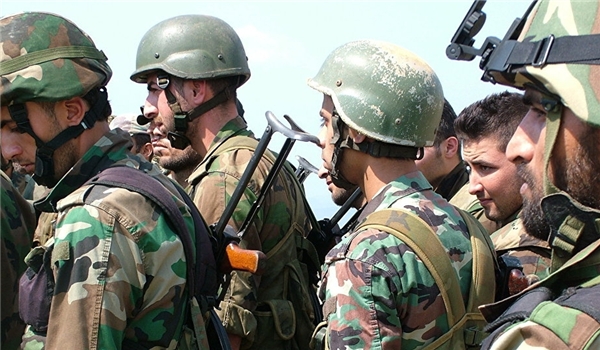IRGC Ground Force has embarked on its most extensive operational readiness drill to date in the southwest region of Iran
The Ground Force of Iran's Islamic Revolution Guards Corps (IRGC) has initiated its most extensive operational readiness exercise to date in the country's southwestern region. This move is aimed at enhancing combat readiness in response to potential threats from adversaries.
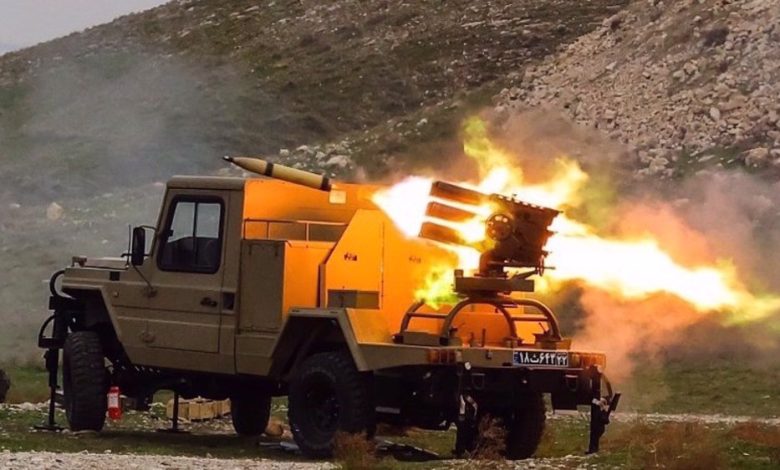
The military exercise commenced on Tuesday in the Shaveriyeh region of Khuzestan Province, under the supervision of Brigadier General Mohammad Pakpour, Commander of the Islamic Revolutionary Guard Corps (IRGC) Ground Forces.
The second phase of the Payambar-e-A’azam 19 (The Great Prophet) drill has commenced following the preliminary security-oriented exercises held in the Ezgeleh district of Salas-e Babajani County, located in Iran’s western province of Kermanshah.
The current phase is reportedly aimed at implementing advanced combat tactics and strategies, alongside integrating the latest domestically-produced military equipment recently supplied to IRGC units, in order to evaluate their effectiveness across various real-world scenarios.
IRGC Ground Force units are set to conduct a series of comprehensive offensive and defensive maneuvers, including the implementation of electronic warfare strategies, over the coming days. The exercises will also involve significant armored, missile, drone, and artillery operations as part of their training regimen.
Iranian military forces have commenced routine exercises across various regions of the nation, adhering to a meticulously planned schedule. These maneuvers are designed to assess the efficacy of their weaponry and equipment, as well as to evaluate their combat readiness.
Government representatives have consistently emphasized that the nation is unwavering in its commitment to bolster its military capabilities, including missile strength, which are solely intended for defensive purposes. They assert that Iran’s defense capacities are not open for negotiation.
